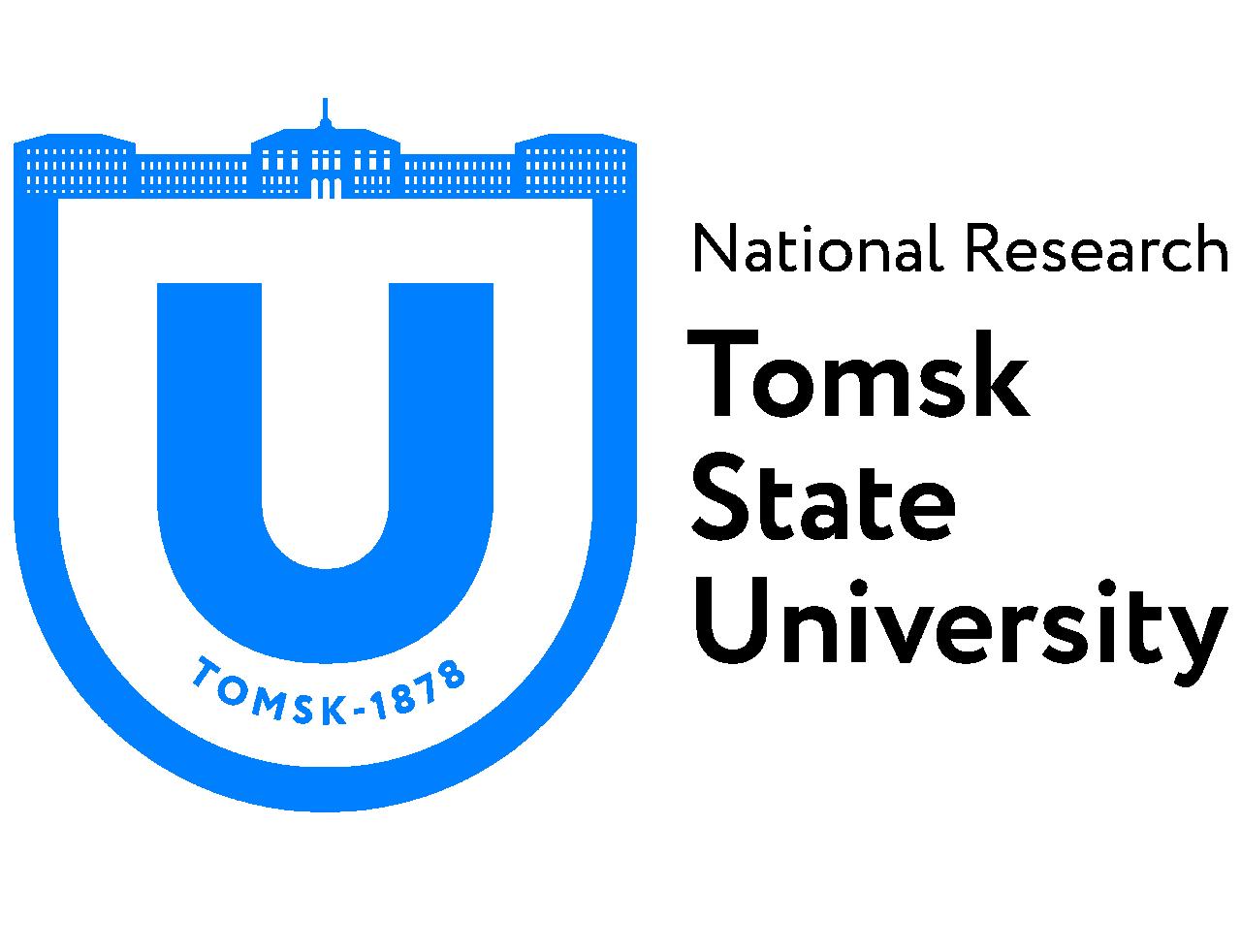Tomsk State University: New algorithms will create a communication system in a swarm of drones
Qazawat Zirak, a graduate from Pakistan of the TSU master’s program Computer engineering: Applied Al and robotics, has created new algorithms to establish communication between drones working in a swarm. By integrating blockchain technology and other tools into the network, he protected drones from hacking and transmitting the wrong data.
“A swarm of drones can be used for a variety of tasks like searching for survivors of manmade or natural disasters, environmental monitoring, or geological exploration,” Dmitriy Shashev, Qazawat’s scientific adviser and Vice-Dean for Research in the TSU Faculty of Innovative Technologies, explains. “A swarm of drones is faster, more reliable, and effective. If one or two drones are down, the rest can redistribute their load and complete the task.”
However, there are some technical limitations restricting the use of swarms, one of them being the need to establish sound, interference-free communication between drones. It is not an easy task: first of all, unlike ground transport, a drone travels in three dimensions, which complicates establishing a communication network. Second, the hardware for it should be fast but at the same time light and consume as little power as possible. The new communication network was based on LoRaWAN technology.
“This leads to another issue: drones can transmit only short messages to each other, which limits their communication,” Qazawat Zirak explains. “To conquer these and other limitations, a new algorithm was designed and a new data exchange protocol was created. This helped drones to transmit messages to each other within 2 kilometers. Moreover, they do not talk over each other but wait until the channel is silent and only then send their transmission. Before that, the channel is silent for two seconds. Dividing the transmitter and receiver solved this issue.”
Blockchain technology was integrated to create a more secure network. Every command should be verified by other drones before it is implemented, which prevents external influence and false commands.
Qazawat Zirak has already applied for a doctoral program at TSU. He intends to turn the prototype into a finished product while completing his PhD studies.

